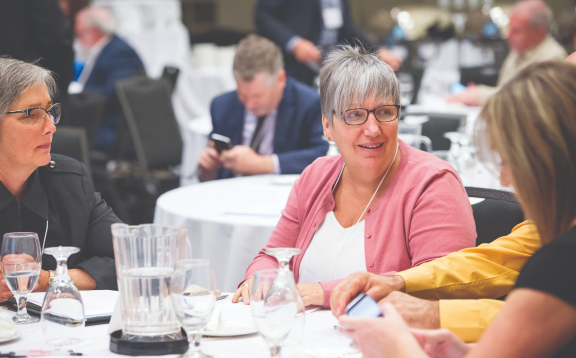The need to plan ahead
We’re able to meet our electricity needs today, because we planned for them years ahead. Our forecasts of future electricity needs inform what new electricity infrastructure will be needed and where. These forecasts consider many variables:
- weather – on hot days, for example, demand for electricity increases as air conditioners work hard to keep us cool
- population and economic growth – new manufacturing plants, data centres, housing developments all require more electricity
- electrification – transportation, buildings and industrial processes switching from fossil fuels to electricity also increases demand

Three levels of electricity planning
The IESO evaluates the needs of the electricity system at three levels, each with specific goals and considerations:
Provincial Planning: referred to as “bulk planning” looks at the ability of the transmission system to deliver electricity from where it’s generated to where it’s needed at the regional level. It considers the location of large power plants, the capacity of high-voltage transmission lines to carry large amounts of electricity throughout Ontario, and connections with Quebec, Manitoba and the U.S.
Regional Planning: Every five years, the IESO looks at the electricity needs of 21 regional electricity planning zones, on a rolling basis. Those reviews look at local growth and priorities and determines the needs and solutions to meet them. The IESO leads the regional planning process, working closely with local distribution companies and transmitters.
Local Distribution Planning: Delivering power from the grid to households and businesses is the responsibility of local distribution companies (LDC), like Toronto Hydro, Elexicon and Alectra. As a result, LDCs lead local planning for their service territories. They are actively involved in forecasting and planning for their communities’ electricity needs, as well as maintaining local distribution networks. Local planning also contributes to the IESO’s regional planning processes.
Connecting with communities
When we work with communities, we aim to build awareness and understanding of how regional planning takes place, and to provide opportunities for local input. Our outreach and engagement with you, Indigenous communities, as well as municipalities is at the core of our regional planning processes.
Community engagement contributes important information and helps the IESO make effective decisions about the most effective solutions to address regional electricity needs. Learn more about our External Relations Engagement Framework and Indigenous Engagement Framework.
We hope to see you at one of our engagement sessions.

Learn more
If you live or work in the GTA, the IESO offers more information about the region’s electricity needs. Learn more about the IESO’s planning process.
